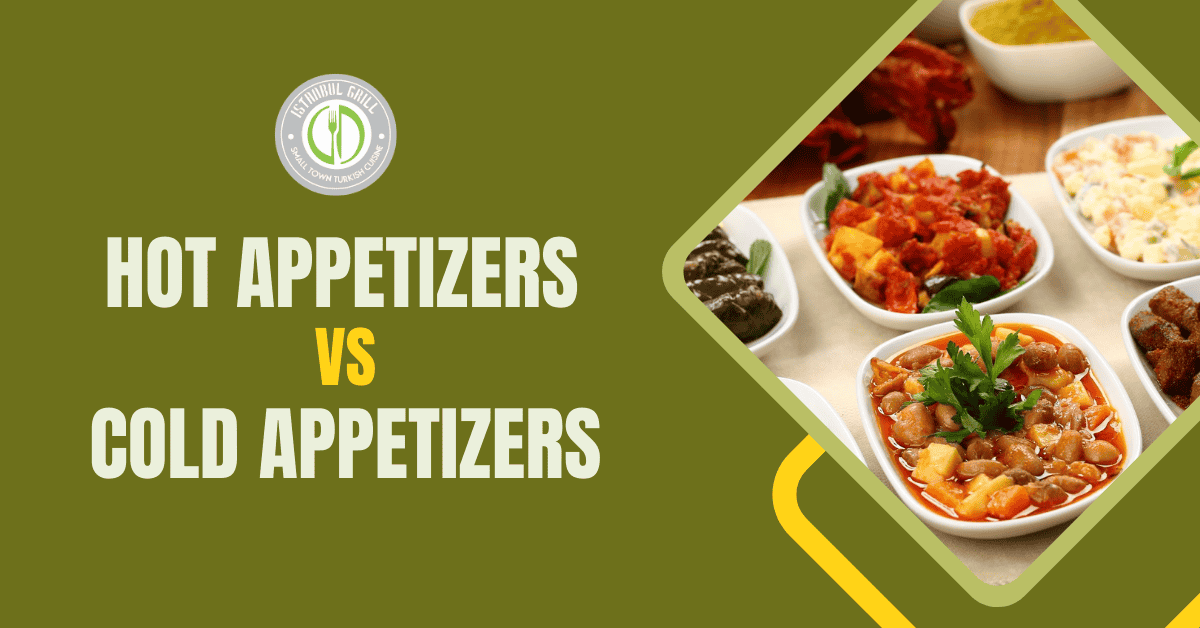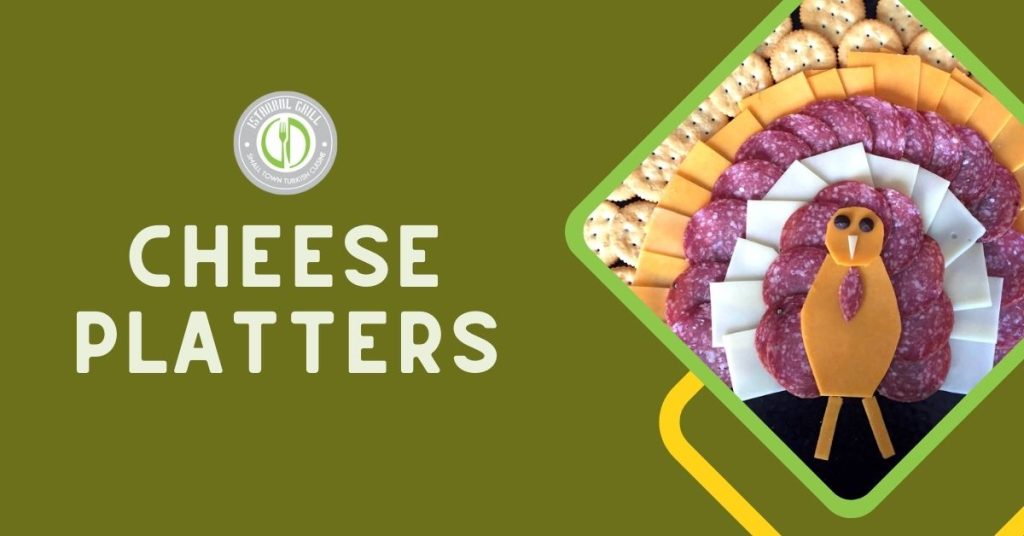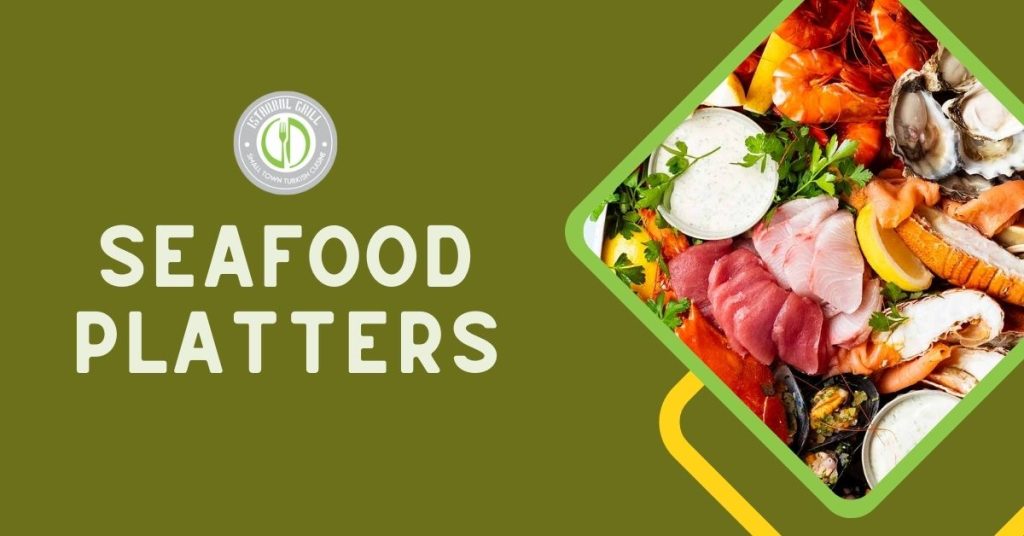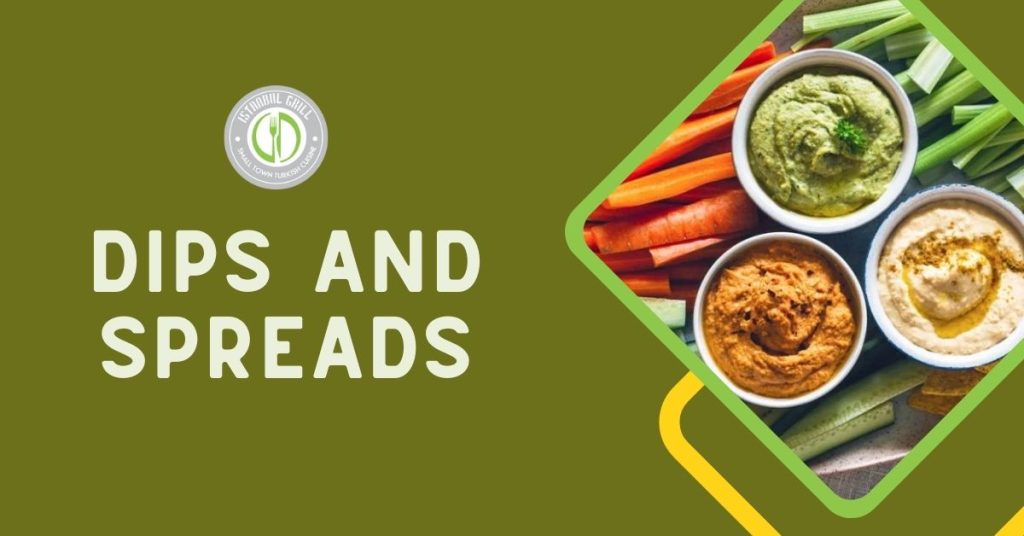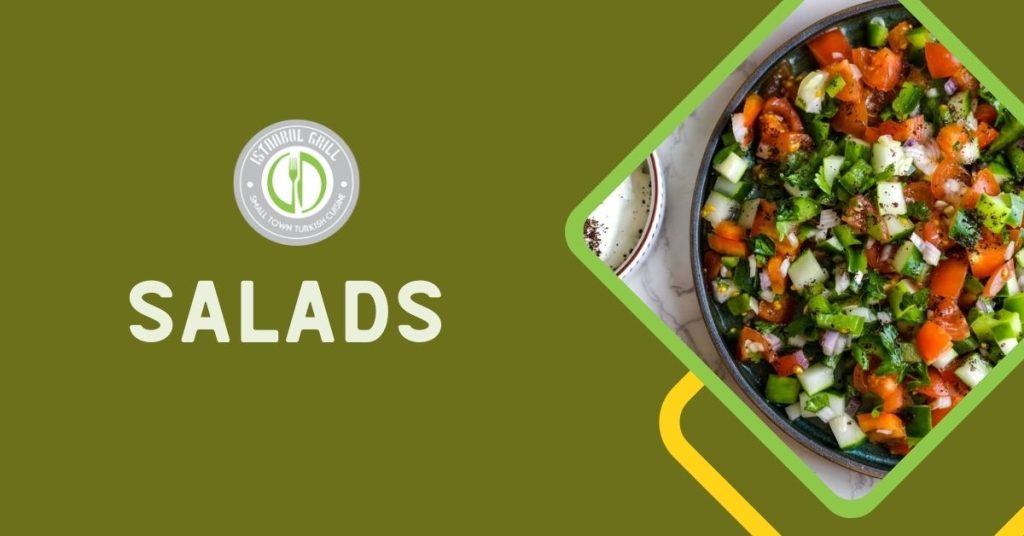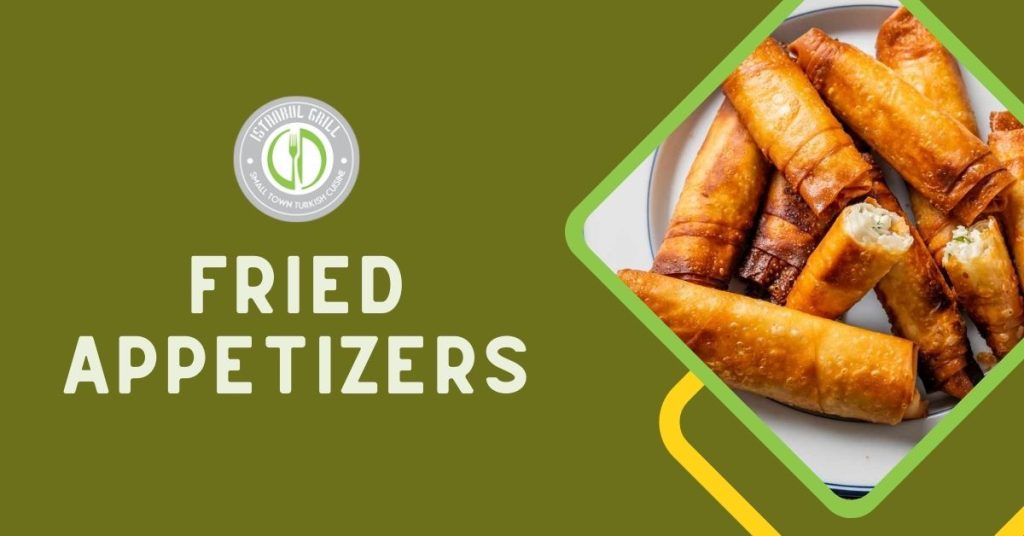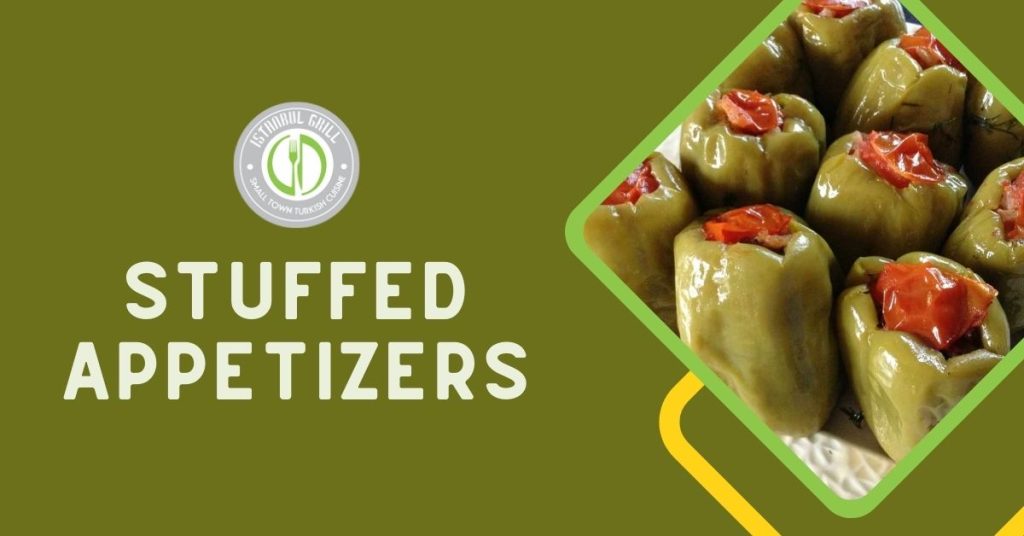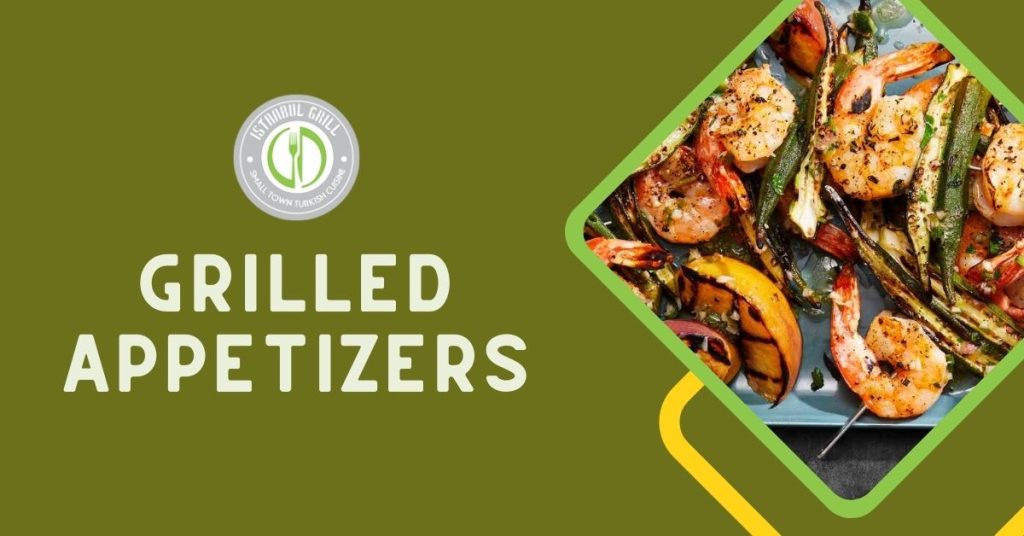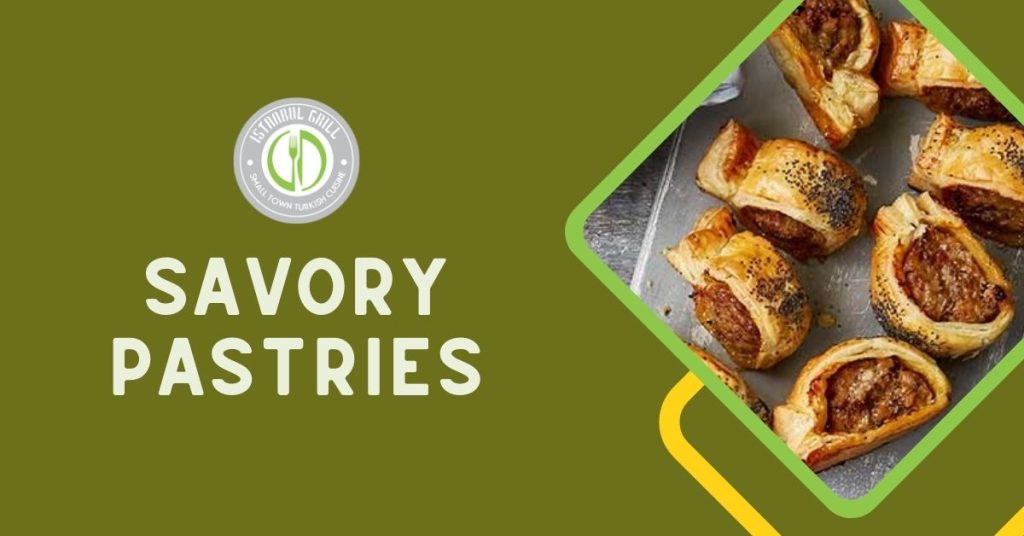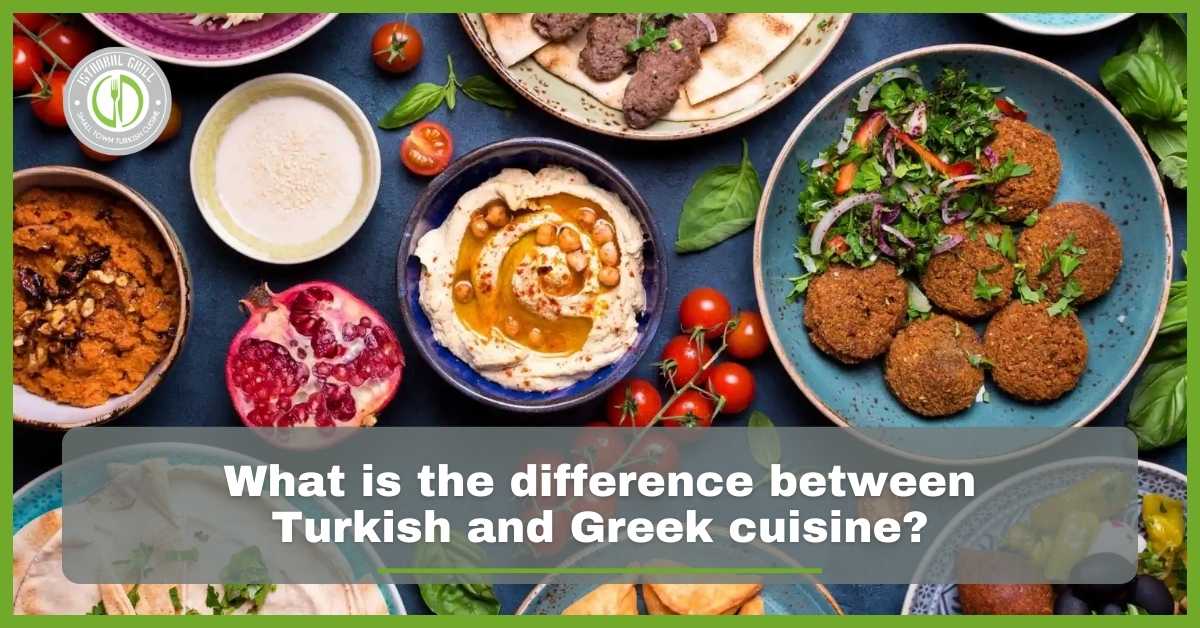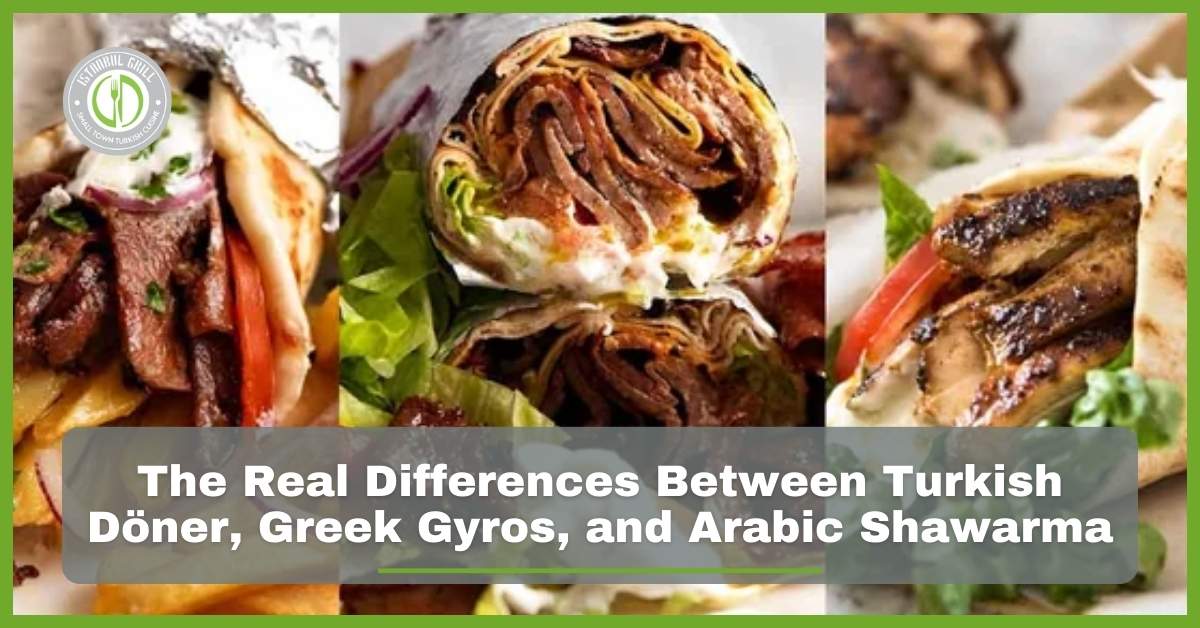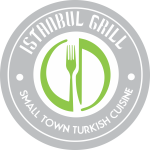Well, appetizers are the first makeshift of a meal, hence they help identify the hope of the meal. You can regard such dishes as those offered as appetizers before the main course, whether for a great company or just for two. Thus, there is a variety of appetizers, and not all of them are great-looking. Appetizers fall into two broad categories: It is impassioned then they become frigid. All these types are unique, and there is always that certain appeal that the individual consuming food at a dinner facility would find fascinating. But have you ever wondered about yourself and what kind of differentiation can there be between cold appetizers and hot appetizers?
Knowledge about hot and cold appetizers may assist in raising people’s understanding of these delicious appetizers. These are appetizers that are served hot, and these foods are displayed to capture your appetite through the smell of the dish and the feel of the food. Cold appetizers are those appetizers that are served to the guests at temperatures that range between cold and room temperature and are unique in their flavor to the warm appetizers.
In addition to that, this article is going to focus on the appetizers and its purpose will be to compare hot appetizers with cold appetizers. First, it will be useful to understand what these notions are and why they are important; then, several examples of each will be provided.
Table of Contents
- Introduction
- How Do You Define Hot and Cold Appetizers?
- Why Do We Need to Serve Hot or Cold Appetizers?
- What Are the Different Types of Cold Appetizers?
- What Are the Most Common Hot Appetizers?
- FAQs
How Do You Define Hot and Cold Appetizers?
Hot appetizers and cold appetizers as are named the dishes are warm and cold respectively in preparation and presentation. Well, there is much more to the concept we are drawing this relatively simple distinction.
- Hot Appetizers: These are appetizers that are often taken when they are hot or warm. Some of the processes used in preparing them include baking, frying, or grilling. Hors d’oeuvres should be foods that warm the palate and prepare the taster for the main meal, or entrée. Certain finger foods are usually taken as hot appetizers such as calamari, mushrooms, and meatballs among others. They are often crispy, tender, or melty; there is therefore a good mix of textures in the mouth.
- Cold Appetizers: The second category is the cold appetizers which are the foods that are served cold or at an ambient temperature. These appetizers emphasize their fresh flavor, and they are usually light dishes that form the first course of a meal. Several cold appetizers are normally served, and they include salads, dips, and seafood platters. These appetizers are commonly non-cooking appetizers; they mostly deal with tasty and attractive fresh foods.
In other words, the degree of heat used to prepare the food defines the two categories yet both have an important role in spicing up a meal.
Why Do We Need to Serve Hot or Cold Appetizers?
While appetizers play several critical roles in a meal, what are some of the reasons that such appetizers can be served either hot or cold? The answer is what type of dining experience you are offering to the clientele be it fast food or fine dining.
- Complementing the Meal: In the present entrees Sate and Satay are generally placed particularly before richer hot appetizers since they warm the spoons before the serving of warmer dishes. They produce a sequence, which assists the body in passing through a journey from light meals to rich meals. Cold appetizers, in contrast, try to complement or, more often, offset the effect of a heavy or spicy-based main course. It is also a truth that having a chilled, invigorating first course in a meal can help tone down one’s taste buds for the successive dishes to be served.
- Creating Variety: It is also flexible to serve appetizers either hot or cold since the change of textures and temperatures provides a certain element of spice in the meal. This is what makes cheese or sushi as cold appetizers balance the hot appetizers such as sliders or fried mozzarella sticks. It brings out the element of surprise and keeps the guests looking forward to the next dish to be served.
- Sparking Appetite: It is quite an important goal. One of the major objectives of appetizers is to make you feel hungry. It depends on the intensity that is perceived by the customer, which is due to the processing of hot appetizers in comparison with cold ones because such snacks are interesting to the customer in the case of increased hunger. Like hot appetizers, cold appetizers don’t necessarily have any smell. But the colors of those different foods are appealing to clients and will sell.
What Are the Different Types of Cold Appetizers?
Cold appetizers are a versatile category of appetizer variety: all of them are quite different from each other. Most of them are lighter and refreshing, but they are not any less tasty than warm dishes.
Cheese Platters
Cheese platters are a popular cold appetizer due to the different kinds and textures of cheese which may be sweet, salty, sharp, or mild. Suitable for sharing accompanied with crackers or bread, they are perfect for cocktail parties.
Seafood Platters
You want to relish your meal like chilled shrimp cocktails, smoked salmon, or sushi. They are excellent and light and to me, these seafood dishes are perfect to kick-start a meal. Some of them take very little preparation time but create great impacts on the audience.
Dips and Spreads
Some of the cold appetizers that are delicious and easy to prepare include Hummus, guacamole, and Salsa among others. These dishes are usually accompanied by chips, crackers, or vegetables and these dishes also suit occasions like casual parties.
Salads
A simple salad with fresh greens, cucumbers, tomatoes, and a light dressing can serve as a refreshing cold appetizer. You can also opt for more complex salads like Greek or Caprese, which add a flavorful twist.
What Are the Most Common Hot Appetizers?
Appetizers can therefore be said to be in the limelight of the first act of a meal. They are warm, and savory, and are usually packed with those beautiful flavors that make us feel good. Here are some of the most common types:
Fried Appetizers
These can be American cheese, mozzarella sticks, onion rings, and fried calamari commonly preferred by most people. The outside is crunchy while the inside is hot, and the cheese is oozing; any appetizers are appetizing.
Stuffed Appetizers
Such foods as mushrooms stuffed or jalapeno peppers filled with cream are hot appetizers with an unwavering taste. These are foods that are usually stuffed with cheese, meats, or any vegetables which are tasty foods that people like to mind.
Grilled Appetizers
There are also skewers or kebabs where you have meats or vegetables marinated and cooked on a stick, which is also popular with those who prefer hot appetizers. When grilling they get smoky and have this rich type of flavor. It is usually an excellent way to whet your appetite before getting down to the normal meal.
Savory Pastries
In the morning, people usually prepare mini quiches, spanakopita, or samosas and serve them later during the day. These pastries are well baked and filled with taste, making them highly demanded.
Conclusion
In conclusion, by understanding the differences between hot and cold appetizers. You can better appreciate their roles in enhancing any meal. Whether you prefer the warmth of hot appetizers or the freshness of cold ones. Both types add excitement and flavor to your dining experience.
FAQs
Why do some people like hot appetizers?
Hot appetizers are most liked because they provide comfort, warmth, and deep warm heavy flavors that we like to get before going into the main course.
What happens if you always eat cold appetizers?
An impact would be if the meal plan consisted of cold appetizers at every meal the result would be slimming of the body organs. It’s perfectly okay to eat cold appetizers but hot appetizers can bring out more hunger than cold ones.
Do appetizers go first?
Appetizers are often prepared to be taken before the main meal with the ultimate purpose of preparing the guests for what they are about to eat, making this statement true.
